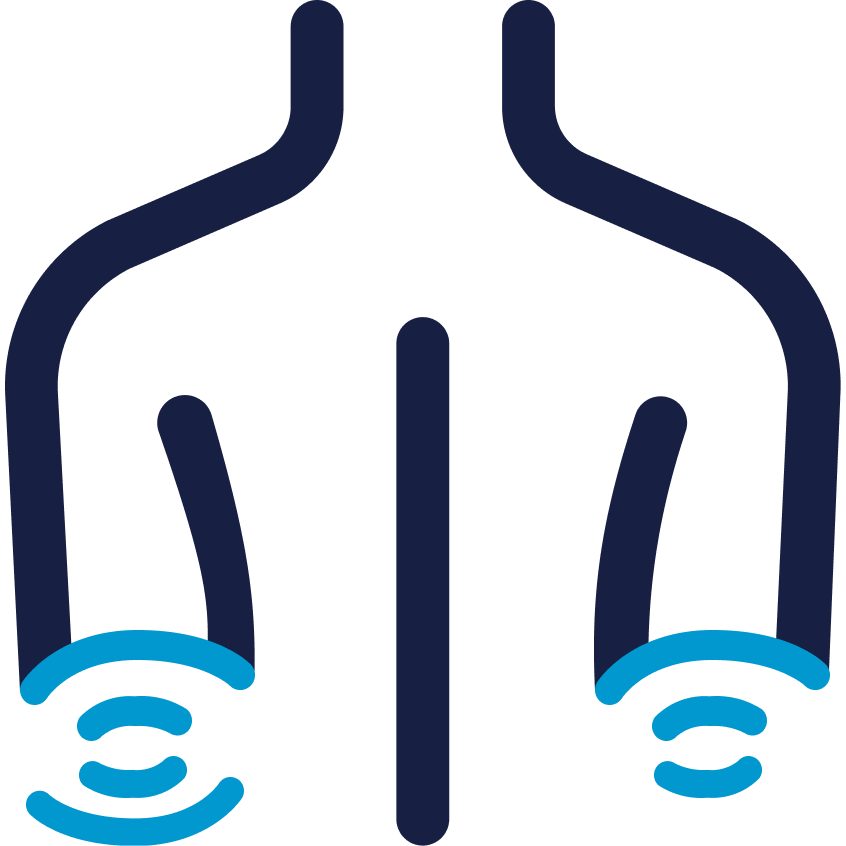
- Specialty Procedures
- /Elbow

Distal biceps/triceps repair is a surgical procedure used to repair a torn or ruptured distal biceps/triceps tendon. The distal biceps/triceps tendon is the thick cord-like structure that attaches the biceps/triceps muscle to the bone at the elbow.
The procedure involves reattaching the torn or ruptured tendon back to the bone using sutures or anchors. The surgeon will make an incision over the affected area and then carefully reattach the tendon to the bone. The surgery may be done using open or arthroscopic surgery, depending on the severity and location of the injury.
An individual should seek medical attention if experiencing pain, weakness, and limited range of motion in the elbow or biceps/triceps area. An orthopedic surgeon can evaluate the condition and determine if a distal biceps/triceps repair is necessary.
A distal biceps/triceps repair may be necessary for patients who have suffered a complete or partial tear or rupture of their distal biceps/triceps tendon. This type of injury typically occurs in middle-aged men who participate in activities that involve heavy lifting or repetitive overhead motions, such as weightlifting, baseball, or tennis.
The following factors may also increase the risk of a distal biceps/triceps injury that ultimately requires surgical intervention:
The procedure involves the orthopaedic surgeon reattaching the torn or ruptured tendon to the bone using sutures or anchors. The surgeon will make an incision over the affected area and then carefully reattach the tendon to the bone. The procedure may be done using open or arthroscopic surgery, depending on the severity and location of the injury.
In open surgery, the surgeon will make an incision over the affected area and then carefully reattach the tendon to the bone using sutures or anchors. The surgeon may also remove any scar tissue or bone spurs that may have developed due to the injury.
Whereas arthroscopic surgery includes a small incision where the surgeon inserts a small camera and tiny instruments through the incision to reattach the tendon. This approach allows for a less invasive procedure with a faster recovery time.
After the surgery, the patient may need to wear a brace or splint to protect the repaired tendon while it heals. The surgeon will also provide instructions for a rehabilitation program that includes physical therapy to regain full strength and range of motion in the elbow.
Recovery time can vary depending on the extent of the injury and the type of surgery performed. Following the surgeon's postoperative instructions and attending all follow-up appointments is essential to ensure a successful recovery.

